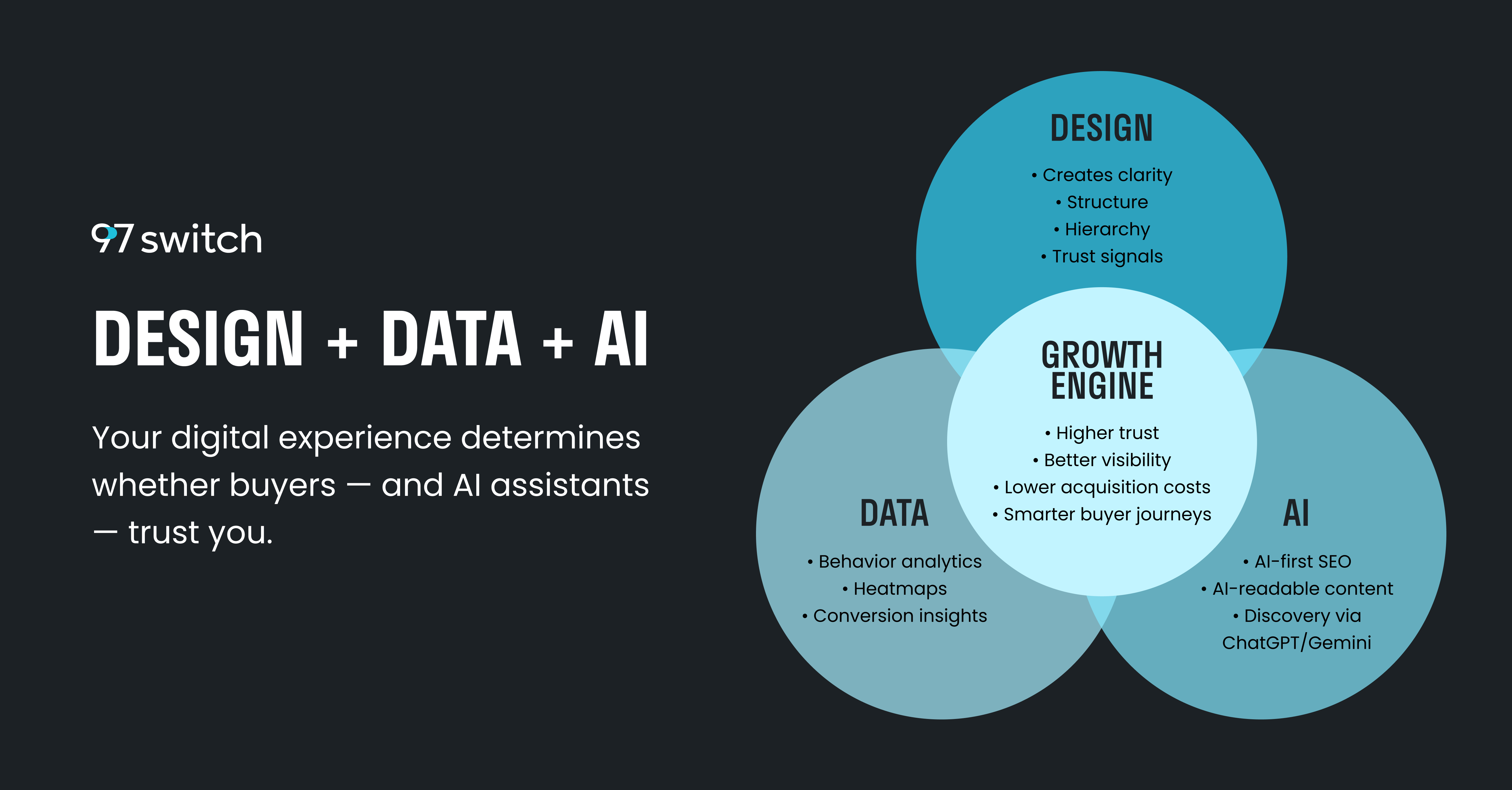Accessible websites help people easily understand information, comprehend content, and communicate online. Currently, it is more important now than ever to have an accessible website, especially since there has been a 200% increase in lawsuits and demand letters for accessible websites from 2017 to 2018. In fact, the Department of Justice has upheld the Americans with Disabilities Act (ADA) since November 2018. The ADA is a federal civil rights law that prohibits discrimination against people with disabilities in everyday activities. This means that businesses should make sure that individuals with disabilities who visit their website have equal access to it.
Let’s take a deeper dive into website accessibility and what exactly it entails.
What is website accessibility?

A website needs to be properly designed and coded so that people with disabilities can access it. The disabilities that can affect access to the web include auditory, cognitive, neurological, physical, speech, and visual impairments. People without disabilities can also benefit from web accessibility, including those who are aging, have blurred vision or cataracts, or even a slow Internet connection. In the long run, website accessibility benefits everyone.
By making your website truly accessible, you can avoid any potential lawsuits or demand letters. Anybody who is searching for information online about your products or services will be able to conveniently access the facts they need.
We’ve created a list of a few ways that you can make your website more accessible.
Format HTML correctly

In order to create a fully functional and accessible website, you will need to utilize proper HTML structure. You can start by using descriptive text alternatives for images. Alt-text helps those with disabilities who use screen readers. Another thing you can do is to employ header tags. Screen readers also analyze header tags to tell them about the layout of the content on a page and the information it has on it. Along with header tags, you can also create accessible forms. When you create a form, make sure it’s descriptive and has a label tag or uses an ARIA property to associate the label with the input field. Last, use tables correctly. Since screen readers can’t distinguish between a table that has data, or one that is used for layout purposes, it’s very important to correctly use tables.
Use visual content mindfully

While designing your website, choose your colors carefully. Certain colors may be difficult to see for those who are color blind. Also, for those who use a screen reader, using too many colors may be an obstacle. When you input any audio or video content on your website, you’ll want to put in text alternatives as well. For example, if you have a podcast or video on your site, you can add in written transcripts as a replacement for those who need it.
Remember visitors who don’t use a mouse

Since some people with disabilities don’t use a mouse to navigate the web, you need to make sure that your website’s structure is simple. Make sure that the web content on your website is usable for all. Examine menus, slideshows, pop-ups, and any other items that need a mouse-over action.
Review web accessibility tools

If you feel like you need help, you could use a tool to make the entire process easier. You can choose to use web-accessible tools to make your site more automatic, simple, and affordable. 97 Switch partners with Accessibe, the first and only automatic, AI-powered machine-learning web accessibility solution that complies with worldwide legislation. Accessibe meets the compliance requirements listed under Web Content Accessibility Guidelines (WCAG 2.1). It helps explain all of the adjustments that your website will undergo, doubles as a certification of performance, and provides proof that you’ve done the required compliance work.
Audit your site for accessibility

Once you’ve finished these steps, now you can audit your site for accessibility. Auditing your site will help you make any last-minute changes or find things that you may have missed. There are tools and resources that you can use to help you audit your site. One helpful resource is the Web Accessibility Initiative’s Easy Checks list. After you review these items, you’re on track to making sure that your website is accessible for every person with a disability.
Key takeaways

Nowadays, most people find information about a business online, which is why website accessibility is absolutely essential. Website accessibility allows people with a variety of disabilities to access information, which can in turn, lead to higher conversion rates on your site. These 5 tips can help your business easily and effectively update your website to be more accessible for those with disabilities.
Interested in learning more? Click here, or reach out to info@97switch.com.






